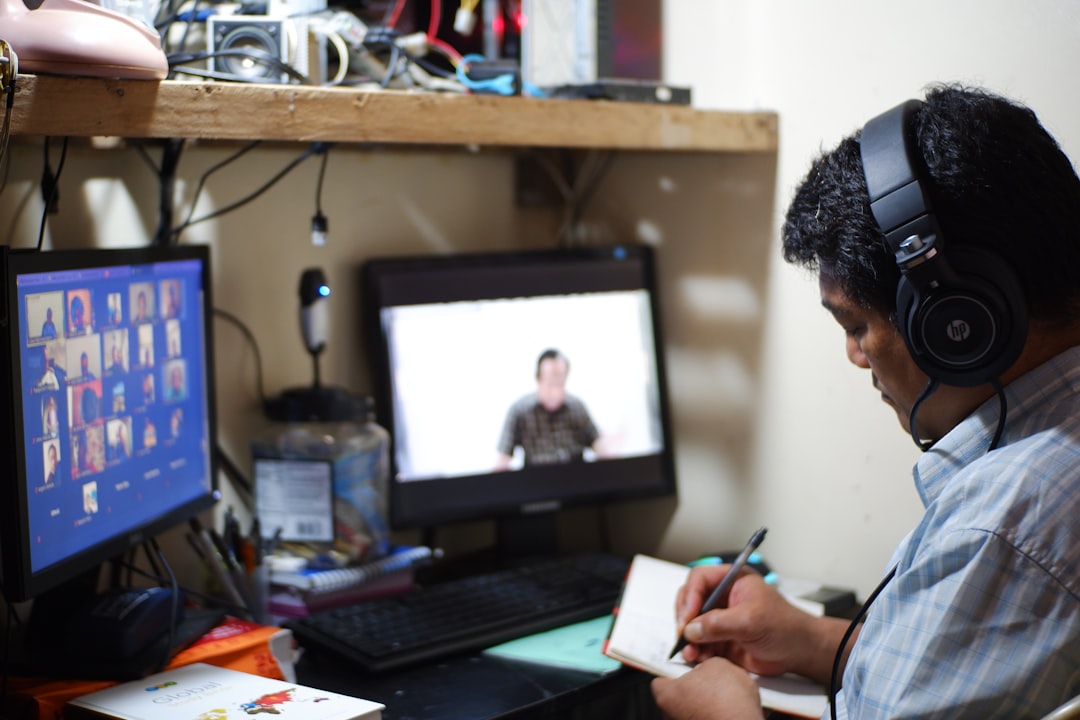No products in the cart.
Bridging the Gap: How Technology Can Combat Remote Worker Bias
As remote work becomes the norm, addressing bias through technology is crucial. Explore innovative practices that promote equity among remote employees.
As the sun rises over the sprawling urban landscapes, a new day begins not just for the brick-and-mortar offices, but for millions of remote workers scattered across the globe. In this digital age, where the lines between home and office blur, a pressing issue emerges: bias. Yes, bias—an insidious specter that can lurk in the shadows of virtual meetings and email threads, subtly impacting careers and opportunities.
But what if technology could level the playing field? What if the very tools designed to connect us could also dismantle the barriers that perpetuate bias among remote workers? This question is more than academic; it’s a lifeline for those navigating the complexities of a new work culture.

Remote work has exploded in popularity, fueled by the pandemic and the evolving needs of a modern workforce. Yet, as organizations embrace this shift, they must grapple with the unintended consequences. Studies reveal that remote workers from marginalized backgrounds often face unique challenges, from feeling isolated to being overlooked for promotions. It’s a problem that, if left unchecked, could entrench existing inequalities.
According to a report from the Harvard Business Review, 67% of remote employees feel they are at a disadvantage compared to their in-office counterparts when it comes to visibility and career advancement. This statistic is not just a number; it represents real lives, real dreams deferred, and real potential stifled.
According to a report from the Harvard Business Review, 67% of remote employees feel they are at a disadvantage compared to their in-office counterparts when it comes to visibility and career advancement.
Organizations are now beginning to recognize the need for solutions. They are turning to technology not just for productivity, but as a means to foster inclusivity. For instance, AI-driven analytics can help identify patterns of bias in promotions or project assignments. Tools like Slack and Microsoft Teams are evolving to include features that promote equitable participation during virtual meetings, such as automatic transcription and language translation, ensuring that every voice is heard.
Moreover, companies are harnessing the power of data to inform their diversity initiatives. By analyzing employee engagement metrics, they can pinpoint where bias may be creeping in and take proactive measures to address it. This data-driven approach not only enhances transparency but also empowers employees to advocate for themselves.
But technology is not a panacea. While it can illuminate biases, it cannot eliminate the human element that often drives them. For instance, algorithms can inadvertently perpetuate bias if they are trained on skewed data. Therefore, organizations must remain vigilant, ensuring that their technological tools are designed and implemented with equity in mind.
Consider the story of Maria, a software engineer who transitioned to remote work during the pandemic. Initially, she thrived, finding a rhythm in her new environment. However, as time passed, she noticed a disturbing trend: her contributions seemed to vanish into the ether, overshadowed by more vocal colleagues. Maria’s experience highlights a common issue—remote workers, especially those from underrepresented groups, can feel invisible.
To combat this, Maria’s company adopted a practice where every team member was required to share updates during weekly meetings. This simple yet effective strategy ensured that all voices were heard and recognized, fostering a sense of belonging. By leveraging technology to create structured opportunities for participation, organizations can mitigate the risk of bias.
Consider the story of Maria, a software engineer who transitioned to remote work during the pandemic.
As we look to the future, it’s clear that the path to equity in remote work is paved with both challenges and opportunities. Organizations must embrace a holistic approach, one that combines technology with a commitment to fostering an inclusive culture. Workshops on unconscious bias, mentorship programs, and open dialogues about equity should complement technological solutions.
In conclusion, the journey toward a bias-free remote work environment is ongoing. It requires a concerted effort from organizations, employees, and technology providers alike. As we harness the power of innovation, let us not forget that at its core, the goal is to create workplaces where everyone, regardless of their background, can thrive. The future of work is bright, but it’s our responsibility to ensure it shines equally for all.











